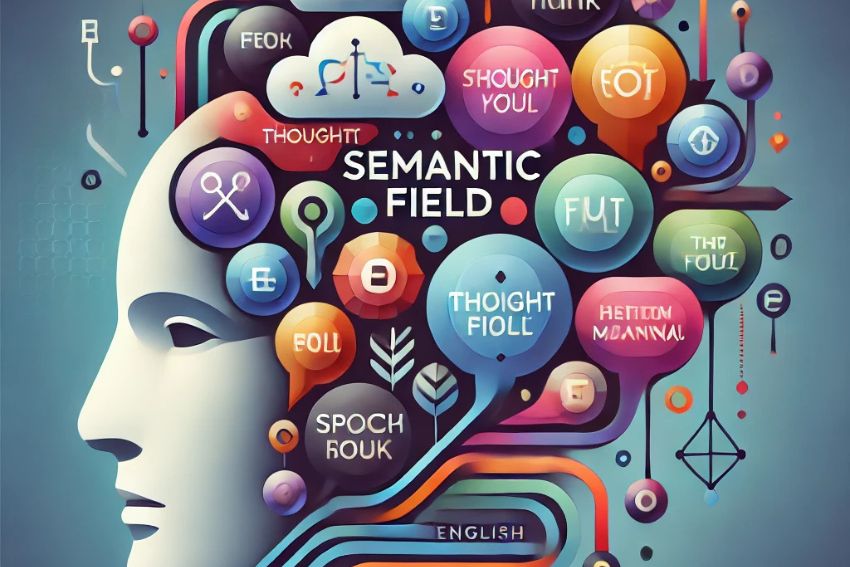GCSE Art and Design is an inspiring and dynamic subject that allows students to explore their creativity, develop artistic skills, and express themselves through various mediums. Whether you’re passionate about painting, sculpture, digital design, or photography, this course offers the perfect platform to experiment and refine your talents.
Beyond just creating art, GCSE Art and Design encourages students to think critically, analyse the work of other artists, and discover their unique artistic voice. With its emphasis on hands-on learning and personal expression, this subject not only prepares students for creative careers but also equips them with problem-solving and visual communication skills that are valuable in any field.
Assessment Criteria
The assessment for GCSE Art and Design is primarily divided into two main components: coursework and the externally set task. Notably, coursework, which accounts for 60% of the grade, involves creating a portfolio that showcases the student’s creativity, technical skills, and ability to develop ideas. Moreover, this portfolio includes various pieces that reflect a progression of work and ultimately a final outcome linked to a chosen theme.
The externally set task, contributing 40% of the grade, begins with selecting a theme from the exam board’s options. Students have a preparatory period to research, develop ideas, and experiment before completing a final piece during a 10-hour supervised session. Understanding how examination boards like Eduqas grade boundaries can help students better interpret their results and set realistic goals for their coursework and final piece.
Both components are assessed using four objectives: developing ideas through research and understanding, experimenting and refining techniques, recording observations and reflections, and presenting a well-executed final outcome. Each objective carries equal weight and emphasises the student’s journey from concept to completion.
Grades are awarded holistically, from 9 (highest) to 1 (lowest), reflecting overall performance. Success requires consistent effort, thorough documentation of the creative process, and a focus on producing high-quality work.
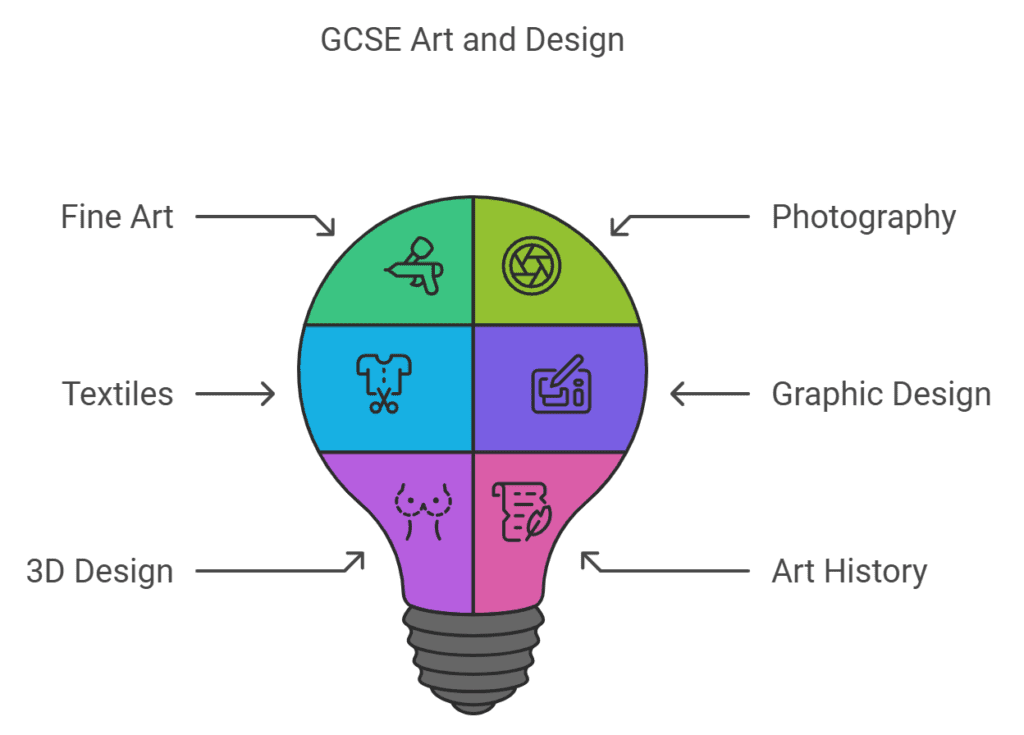
How to Succeed in GCSE Art
Success in GCSE Art requires a combination of creativity, discipline, and strategic planning. To excel, students should focus on consistent effort, clear communication of ideas, and thoughtful presentation of their work.
Firstly, maintaining a well-organised sketchbook is crucial. The sketchbook is a visual diary that showcases your creative journey, including initial ideas, artist research, experimentation with techniques, and reflections. Regularly updating it with detailed annotations helps demonstrate the thought process behind your artwork.
Time management is another key to success. The coursework and final exam demand significant effort, so creating a schedule to balance research, experimentation, and final piece production is essential. Avoid leaving tasks until the last minute, as rushed work can compromise quality.
Exploring a variety of materials and techniques is also vital. Experiment with drawing, painting, sculpture, and digital tools to demonstrate versatility. Linking these experiments to your chosen theme and explaining their relevance strengthens your portfolio.
Researching artists and art movements can provide valuable inspiration. Studying their work not only broadens your perspective but also helps you connect your ideas to established artistic traditions. Be sure to reference these influences clearly in your annotations and creative work.
Fine Art
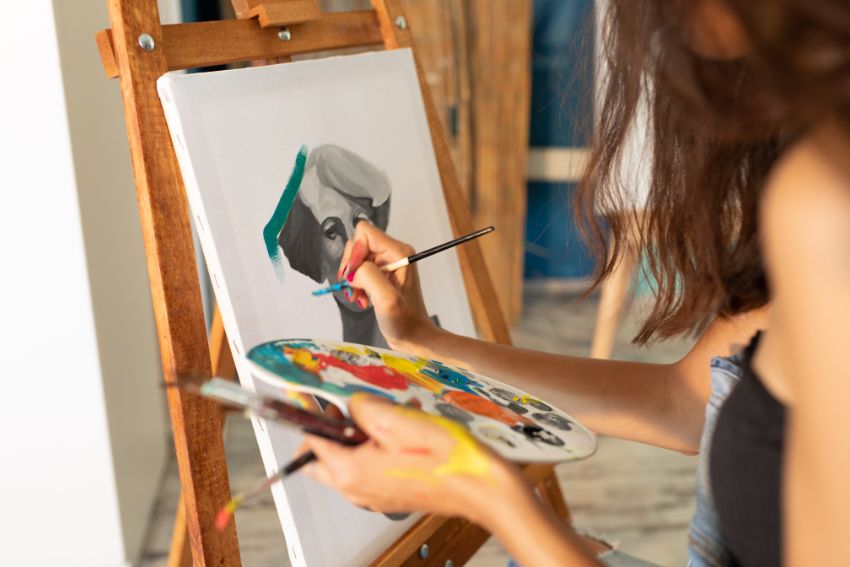
Fine Art is a dynamic and expressive subject within GCSE Art and Design, focusing on traditional artistic practices. It encourages students to explore their creativity while mastering foundational techniques such as drawing, painting, and sculpture. The subject provides an opportunity to experiment with different media, including charcoal, watercolours, acrylics, and mixed media, allowing students to discover their preferred styles and methods.
In Fine Art, students develop a personal response to themes or topics set by their teachers or exam boards. This process involves researching artists, art movements, and cultural influences to inspire their work. Whether it’s creating realistic portraits, abstract compositions, or imaginative conceptual art, Fine Art challenges students to think critically about their ideas and communicate visually.
The coursework in Fine Art typically includes a sketchbook documenting the creative journey. This sketchbook is essential, as it contains initial sketches, artist research, experimentation with techniques, and reflections on the process. The final piece, often produced during a timed session, serves as the culmination of this exploration.
Graphic Communication
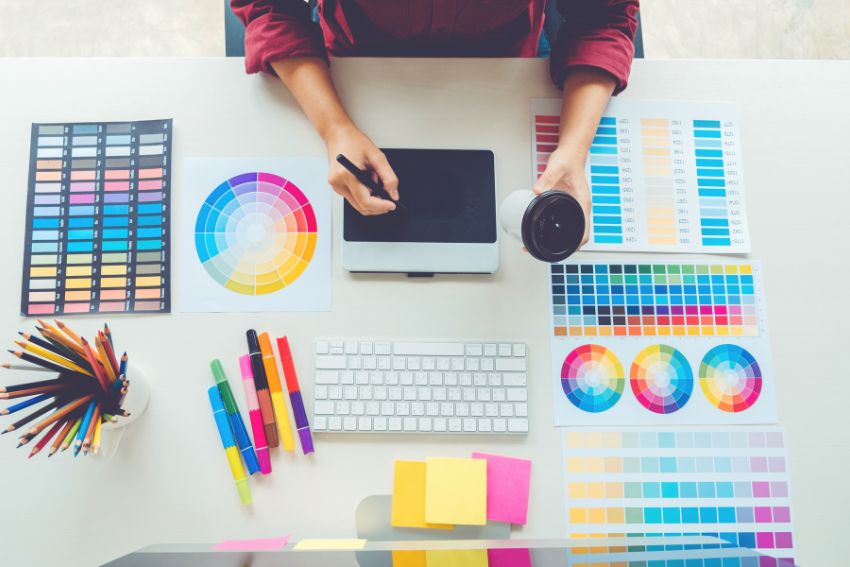
Graphic Communication is a visually stimulating and practical subject within GCSE Art and Design, focusing on the art of conveying ideas and messages through design. Moreover, It blends creativity with functionality, teaching students to use visual elements effectively to communicate meaning and evoke emotions.
Students explore a range of graphic design techniques and mediums, including hand-drawn sketches, digital artwork, typography, and layout design. They may work on projects like designing posters, logos, packaging, or advertisements, all while considering their target audience and the purpose of their designs.
A key component of Graphic Communication is understanding the principles of design, such as balance, contrast, alignment, and colour theory. Students learn how these elements contribute to creating visually appealing and impactful designs. They also gain hands-on experience with industry-standard software, such as Adobe Illustrator or Photoshop, enabling them to produce professional-level digital designs.
Textile Design
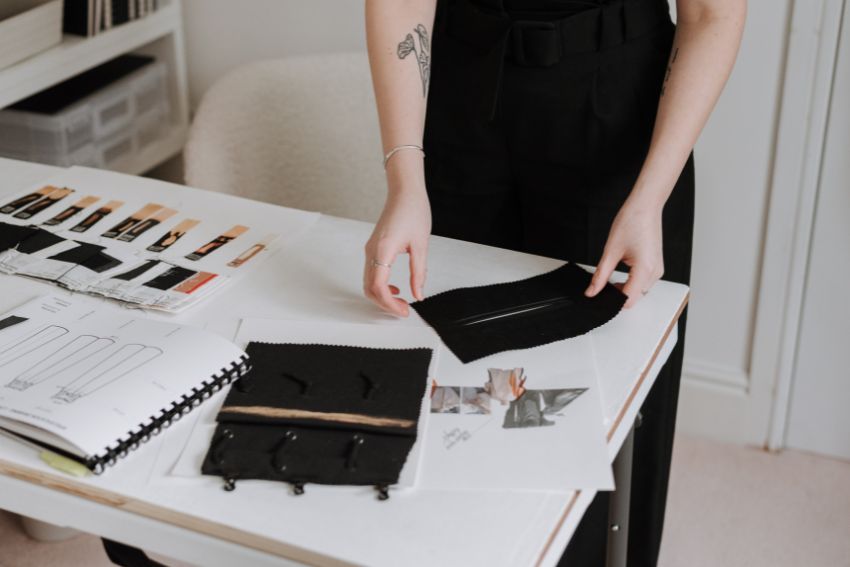
Textile Design is an exciting and hands-on subject within GCSE Art and Design that focuses on creating artwork and functional pieces using fabrics, fibres, and other materials. Therefore, This subject allows students to combine artistic creativity with practical skills, making it perfect for those passionate about fashion, interior design, or craft.
In Textile Design, students explore a variety of techniques, such as weaving, knitting, embroidery, dyeing, and printing. Moreover, they may work with traditional methods like batik or tie-dye, as well as modern processes involving laser cutting or digital printing. Consequently, this experimentation helps students understand the versatility of textiles and demonstrates how they can be transformed into expressive art forms or functional designs.
Projects often involve creating items such as clothing, accessories, soft furnishings, or decorative pieces. Students are encouraged to develop a theme for their work, researching designers, historical styles, or cultural influences to inspire their creations. The subject emphasises both aesthetics and functionality, teaching students to balance artistic vision with practical application.
The coursework typically includes a portfolio documenting the design process, from initial ideas and sketches to experimentation with materials and techniques. The final outcome demonstrates the student’s ability to translate concepts into tangible products. Annotations and reflections are crucial to explain the development journey and connect it to the assessment criteria.
Three-Dimensional Design (3D)
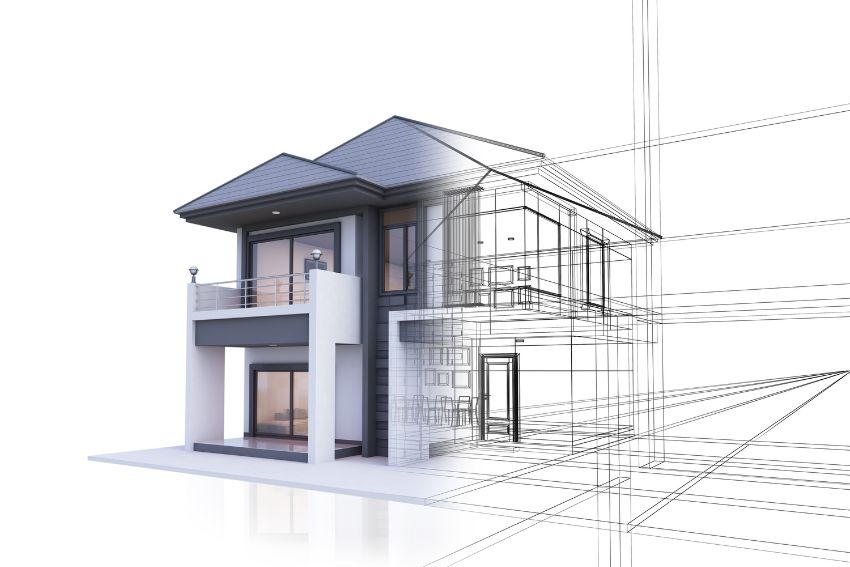
Three-Dimensional Design is a hands-on and imaginative subject within GCSE Art and Design that focuses on creating artworks, models, and objects in three dimensions. This subject encourages students to think spatially and work with a variety of materials to produce functional or sculptural designs.
Students explore a range of techniques and materials, such as clay, wood, metal, plaster, and recycled objects. They may create projects like architectural models, sculptures, product designs, or installations. The subject often integrates design principles like form, structure, texture, and balance, helping students develop a deep understanding of how three-dimensional objects interact with space and light.
A typical project in Three-Dimensional Design begins with researching themes or topics, such as nature, architecture, or abstract concepts. Students sketch their ideas, experiment with materials, and create prototypes before producing a final piece. The creative journey is documented in a portfolio, which includes design sketches, material exploration, and reflections on their work.
Three-Dimensional Design emphasises problem-solving and innovation, as students learn to overcome challenges associated with construction and material manipulation. It encourages them to think creatively and practically, developing designs that are both aesthetically pleasing and structurally sound.
Photography
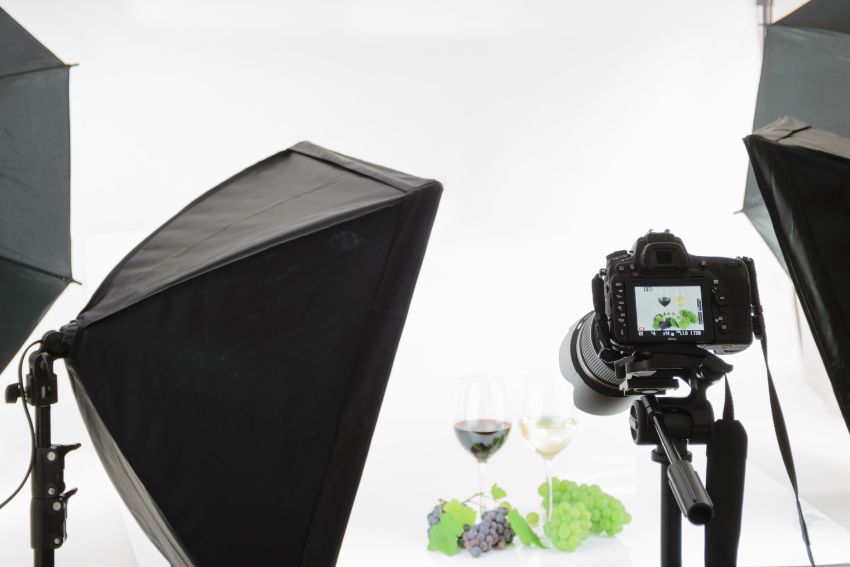
Photography is an inspiring and dynamic subject within GCSE Art and Design that allows students to explore the art of capturing and manipulating images. It blends technical skills with creative expression, helping students develop a strong visual language and the ability to tell compelling stories through their photographs.
Students learn the fundamentals of photography, including camera settings (such as aperture, shutter speed, and ISO), composition techniques, and lighting. They also explore post-production editing using software like Adobe Photoshop or Lightroom to enhance and transform their images. This combination of practical and digital skills enables them to produce professional-quality work.
The subject encourages experimentation with different styles and genres of photography, such as portraiture, landscape, documentary, still life, and conceptual photography. Projects often begin with research into photographers and visual artists to draw inspiration and inform creative decisions. Students then develop a personal response to a chosen theme, capturing and editing a series of photographs that demonstrate their skills and artistic intent.
A key part of the coursework is the sketchbook or portfolio, where students document their creative process. This includes initial ideas, research, contact sheets, annotations, and reflections on their work. The final piece is usually a cohesive photographic series or an individual image that reflects the student’s creative journey and technical expertise.
Art, Craft, and Design
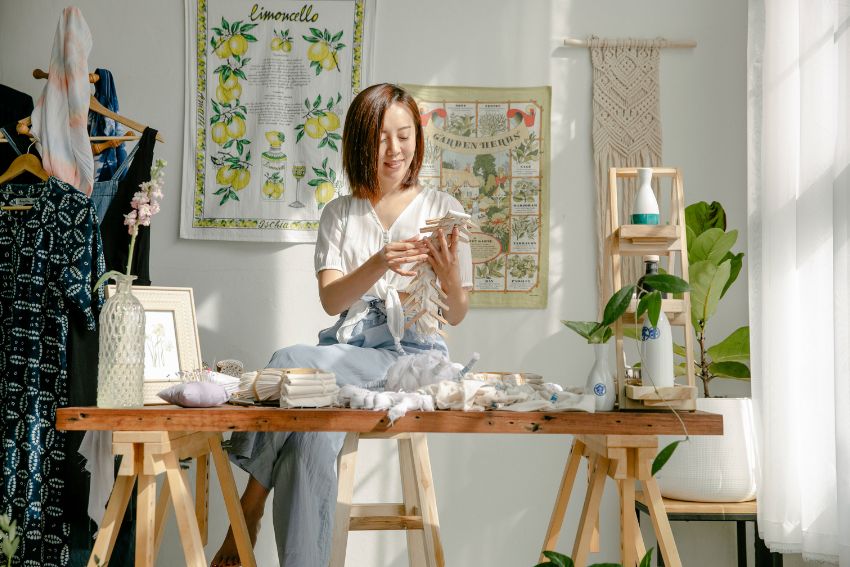
Art, Craft, and Design is a versatile and multi-disciplinary subject within GCSE Art and Design that allows students to explore a wide range of creative practices. It offers the flexibility to experiment with various techniques and mediums, making it ideal for students who enjoy working across multiple artistic disciplines.
This subject covers elements from fine art, textiles, three-dimensional design, and graphic communication, among others. Students have the freedom to work with materials such as paint, clay, fabric, wood, or digital tools. This breadth of study encourages them to combine different methods and create innovative pieces that reflect their personal style and interests.
Projects in Art, Craft, and Design often revolve around a central theme or concept. Students begin by researching artists, designers, or craftspeople to gather inspiration. They then explore and experiment with materials and techniques to develop unique responses. The subject emphasises the importance of creativity and originality, encouraging students to push boundaries and think outside the box.
The coursework includes a portfolio documenting the creative journey. This portfolio features sketches, research, experimentation, and reflections, showcasing the progression of ideas from initial concepts to final outcomes. Students are assessed on their ability to develop ideas, experiment with techniques, record observations, and present a cohesive final piece.
Materials and Tools You’ll Need
To succeed in GCSE Art, having the right materials and tools is essential. These items will help you explore various techniques and mediums, ensuring your creative process is seamless and effective.
- Sketchbook: A high-quality sketchbook is a must for documenting ideas, sketches, and development work.
- Drawing Tools: Invest in a range of pencils (e.g., HB to 8B), charcoal, and fine-liner pens for detailed and expressive drawings.
- Paints and Brushes: Acrylic, watercolour, and gouache paints, along with brushes of various sizes, are essential for painting projects.
- Paper and Canvases: Use textured or smooth paper, depending on the medium, and small canvases for painting and mixed media work.
- Coloured Pencils and Pastels: Great for adding depth, shading, or vibrant colours to drawings.
- Cutting Tools: A craft knife, scissors, and cutting mat are handy for collage or 3D projects.
- Adhesives: Glue sticks, PVA glue, and double-sided tape for assembling work.
- Digital Tools: Access to a camera, editing software, or a drawing tablet can enhance digital and mixed media projects.
- Other Supplies: Experiment with materials like fabric, clay, and wire for unique outcomes.
Having these materials ready ensures you can experiment, refine your skills, and present your ideas effectively.
Opportunities with GCSE Art and Design
GCSE Art and Design is more than just a subject; it serves as a stepping stone to various academic, professional, and personal opportunities. Here are some of the key opportunities this subject can offer:
Further Education
GCSE Art and Design provides a strong foundation for advanced studies in creative fields. Students can progress to A-Level Art and Design or similar courses, specialising in areas like Fine Art, Graphic Design, Photography, or Textiles. This subject is also a prerequisite for many art and design-related college or university programmes.
Creative Career Pathways
This qualification opens doors to a wide range of creative careers, including:
- Graphic Design: Creating visual content for branding, marketing, and media.
- Fashion and Textile Design: Designing clothing, accessories, or patterns for various industries.
- Interior Design: Planning and designing functional and aesthetically pleasing interior spaces.
- Photography: Pursuing careers in commercial, editorial, or fine art photography.
- Animation and Game Design: Developing visual content for films, TV, and gaming.
- Architecture: Providing a strong basis for those interested in combining art and technical design.
- Fine Arts: Becoming a professional artist or art educator.
Portfolio Development
The coursework and portfolio built during GCSE Art and Design serve as a valuable resource for showcasing creativity and skills. A strong portfolio is essential for applying to art and design courses at higher levels and for building a professional career in the arts.
Personal Growth
Art and Design encourage self-expression and exploration, helping students develop confidence in their abilities. It provides a platform to explore personal interests, cultural themes, and social issues, shaping students as thoughtful and informed individuals.
A Broader Perspective
By studying the works of different artists, designers, and movements, students gain a deeper understanding of history, culture, and the world around them. This knowledge enriches their perspectives and allows them to contribute meaningfully to creative and intellectual discussions.
GCSE Art and Design is a versatile qualification that offers numerous pathways for further study, career development, and personal enrichment. It nurtures creativity, inspires innovation, and equips students with skills to thrive in various aspects of life.
Summary
GCSE Art and Design lets students explore creativity through drawing, painting, sculpture, and digital art. The course includes coursework and an externally set task, focusing on building a portfolio that shows progression and originality.
Students gain skills like critical thinking, time management, and problem-solving while learning techniques and studying cultural influences. Although it is very satisfying it may be challanging at some points where our experienced tutors who already overcome this difficulties and got graduated in the best universities, can guide you through. If seeking help check out GCSE art and design tutors.
FAQs
What does the GCSE Art and Design course involve?
The course encompasses various artistic disciplines, including drawing, painting, sculpture, and digital media. Students develop practical skills, explore art history, and create a portfolio showcasing their work.
How is GCSE Art and Design assessed?
Assessment typically consists of two components:
Externally Set Assignment (40%): A project based on a theme provided by the exam board, culminating in a final piece produced under exam conditions.
Coursework (60%): A portfolio of work developed during the course.
Do I need to be good at drawing to take GCSE Art and Design?
While drawing is a fundamental skill, the course encourages exploration of various media and techniques. A willingness to experiment and develop creatively is more important than existing proficiency.
Can I specialise in a particular area of art?
Yes, GCSE Art and Design offers specialisations such as Fine Art, Graphic Communication, Textile Design, Three-Dimensional Design, and Photography. Students can choose a focus based on their interests.
How much time should I dedicate to coursework?
Regular practice is crucial. Beyond scheduled classes, students should allocate time for independent work to develop their portfolios and refine their skills.
